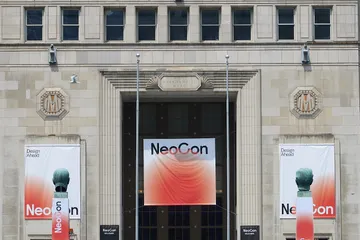Authenticity. Be true to what (and where) you are.
It comes as no surprise that everything that works in NYC doesn’t necessarily work in parts of the Midwest, and vice versa. That said, a recap is always worthwhile. This year we were treated to an amusing reminder when two panelists realized (in front of a rather large audience) how different approaches in Manhattan and Ames, Iowa really are.
As experts who work across the country, we know the importance of brand authenticity. Equally important, however, is that geographic authenticity rings true. While branding does this through standards, if you are considering a new geographic market we suggest you take the time to understand how locals will engage – or if they even will at all. In our experience the answer will be a revealing one and is as important as how out-of-town visitors will perceive and use the hotel.
For more insights on The Lodging Conference and our hospitality expertise, contact David Plank at dplank@kahlerslater.com.


